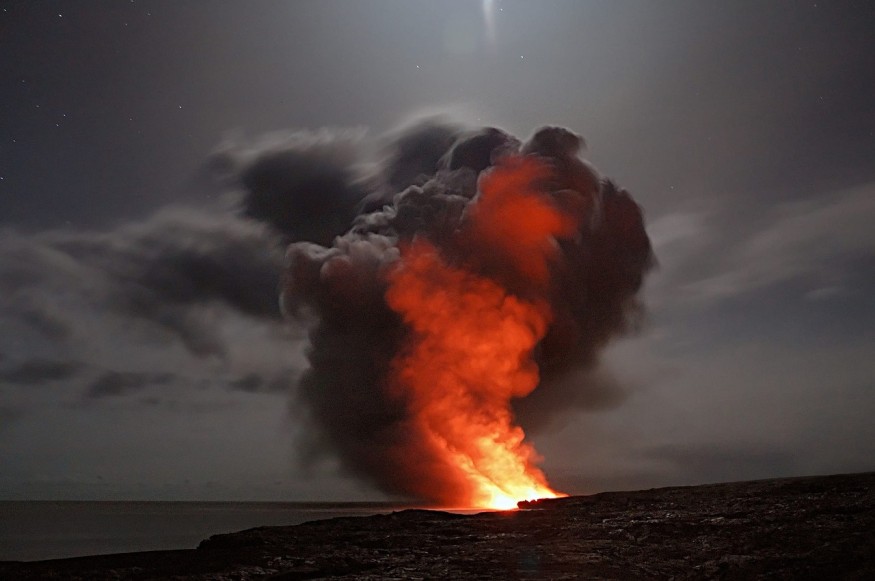An extinct volcano off the coast of Portugal could store vast amounts of carbon dioxide, ranging from 1.2 to 8.6 gigatons of carbon storage, according to a new study led by scientists in Portugal.
The authors of the new paper highlight the discovery's importance of safe and permanent carbon dioxide sequestration. Carbon is known as a climate-damaging greenhouse gas that fuels climate change.
The buried volcano reportedly dates to the time of the dinosaurs, specifically during the Late Cretaceous period. Despite being hidden for millions of years, the volcano could be important in our understanding of greenhouse gases, specifically when it comes to serving as a large carbon sink. Succeeding studies could use volcanoes as an efficient storage of other gases like methane and nitrous oxide.
Previous research has shown that the ocean, permafrost, and even coastal ecosystems serve as great carbon sinks. Now, the discovery of the Late Cretaceous composite volcano off the central West Iberian margin could also serve as a potential site for in situ mineral carbonation, the injection of carbon into geological formations following a reaction with rocks containing calcium and magnesium.
Portugal Extinct Volcano

In the study published in the journal Geology on May 16, the Portuguese research team found that the extinct volcano has a total storage capacity for hundreds of gigatons of carbon dioxide. This is based on seismic data, as well as the geochemistry and petrophysical properties of the buried volcano, which showed that permanent carbon storage was possible.
Ricardo Pereira, co-author of the study and geologist at the NOVA School of Science and Technology, said the team knowns that most countries, including Portugal, are making carbon sequestration efforts to decarbonize the economy and human activities. Pereira added the discovery could be a message that it is one of the ways to address the climate-related problem, as cited by Phys.org.
What are Carbon Sinks?
Carbon sinks are known for their capability to absorb more carbon dioxide from the atmosphere than what they release. Some of the well-known great carbon absorbers are trees, plants, and the ocean, as mentioned earlier.
In the case of offshore volcanoes, as mentioned in the Geology study, the natural site can keep its carbon sink record if it does not erupt.
Global Volcanic Emissions
According to the United States Geological Survey (USGS), massive volcanic eruptions can affect climate change since such explosions can inject large amounts of carbon dioxide into the atmosphere.
The USGS cited an example from the 1980 eruption of Mount St. Helens where approximately 10 million tons of carbon dioxide went into the atmosphere in a matter of only 9 hours.
In modern times, efforts to mitigate inaccuracy and improve estimates of current global volcanic carbon dioxide have continued. However, there is a small doubt among volcanic gas scientists that human-induced carbon emissions overwhelm global volcanic emissions.
© 2026 NatureWorldNews.com All rights reserved. Do not reproduce without permission.





